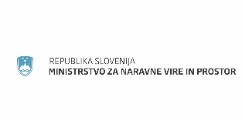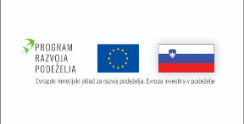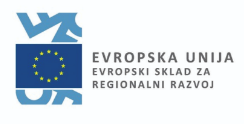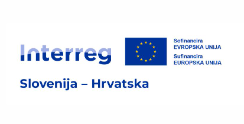Butterflies
Goričko Nature park is known for its high diversity of butterfly species. Out of 180 species of all butterflies living in Slovenia, 100 species have been to this day recorded in Goričko Nature Park. More than three species from the genus of the "blues" living on a single meadow is a common sight. Elsewhere in Slovenia such meadows are becoming rarity. Common specis are purple-edged copper (Lycanea hippothoe) and small pearl-bordered fritillary (Clossiana selene). From the nature conservation perspective most important meadows are the one with the great burnet (Sanguisorba officinalis). This semi-moist meadows are home to two species of European importance: dusky large blue (Phengaris nausithous) and scarce large blue (Phengaris teleius). Although both species live elsewhere in Slovenia, transborder area Goričko - Őrség maintain the largest populations of both species in Central Europe. Rarer is the alcon blue (Phengaris alcon) which deposits its eggs on the blossoms of the marsh gentian (Gentiana pneumonanthe), a very rare but beatiful flower of wet meadows.

On dry meadows with field thyme (Thymus pulegioides) lives the large blue (Phengaris arion). All four Phengaris species are inseperably dependent on the presence of the red ants. Caterpillars parasitize in the nests of the ant species from genus Myrmica. Unfortunatelly such meadows are becoming rare and are in need of a special protection and care. Wet meadows are also a home to extremely rare and endangered marsh fritillary (Euphydryas aurinia). Clouded apollo (Parnassius mnemosyne) is known for its transparent tip of forewing.
Highly endangered are also some species of dry grasslands, which are almost as important as wet meadows. Eastern baton blue (Pseudophilotes vicrama), mallow skipper (Carcharodus alceae) and black-veined white (Aporia crataegi) occur in Goričko only locally. Especially black-veined white was found only in the NE part of Goričko. On the southern edges of Goričko the only Slovenian specimens of eastern pale cloud yellow (Colias erate) was evidented, but in the last two decades the population of this butterfly moved further to the west, so there is no evidence about the permanent presence of this species in Slovenia. Similar story is with the Danube clouded yellow (Colia myrmidoe). The populations of this species moved towards east and the last known specimen is known from the 70s when it was last seen in eastern part of Goričko. Nowdays Danube clouded yellow is believed to be extinct in Slovenia.
The large copper (Lycaena dispar) is a butterfly of the family of gossamer-winged butterflies (Lycaenidae). It is a wetland species, widespread on wet meadows and grasslands along riverbanks. The largest european copper can grow up to 4 cm in size. Females are bigger than males. Sales dorsal side is bright orange (copper colour) with little pattering. Females upperside has more distincive pattering and is more dark brown on the hindwing. Caterpillars are green and feed on dock (Rumex spp.). It has a bivoltine life cycle stretching from May to June and from the end of July to early September. Large copper lives throught Europe and Asia. It is threathned mostly by habitat loss.









